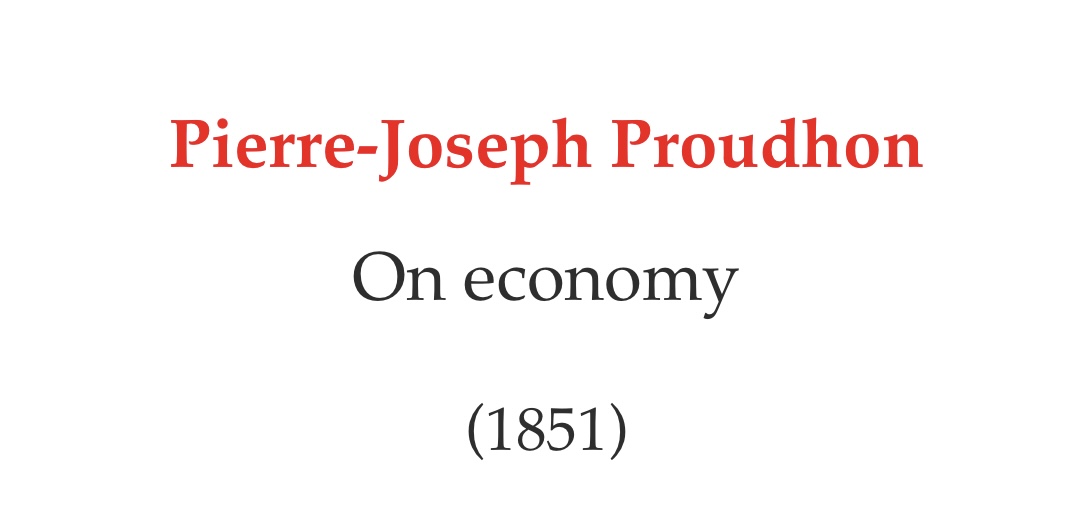
The 300,000+ indigenous Mayans who make up the Rebel Zapatista Autonomous Municipalities (MAREZ) in Chiapas, Mexico have one of the most advanced systems of democratic, consensus-based governance in the world.
Here are some clips from “People Without Faces” (2016) that explain.
Here are some clips from “People Without Faces” (2016) that explain.
“Suggest, but do not impose.
Represent, but do not replace.
Build, but do not ruin.
Obey, but do not dictate.
Descend to the people, but do not dominate.
Persuade, but do not defeat.
Serve the others, but not yourself.”
Represent, but do not replace.
Build, but do not ruin.
Obey, but do not dictate.
Descend to the people, but do not dominate.
Persuade, but do not defeat.
Serve the others, but not yourself.”
“If there is some profit remaining from the work, the representative gathers all of the families of the support base, and they make a decision on how to use that profit, where to invest it.”
“Democracy, for us, is very distinct from the ‘democracy’ of the corrupt system, because in the corrupt system, ‘democracy’ only exists during elections.
For us, democracy is a daily routine.”
For us, democracy is a daily routine.”
Please view the documentary “People Without Faces” (2016) in full below.
This is an extremely valuable resource for anyone who is serious about understanding and practicing prefigurative organization.
This is an extremely valuable resource for anyone who is serious about understanding and practicing prefigurative organization.
“... in 2013 and 2014, about 6,000 people went to Zapatista communities to learn about the EZLN’s organized struggle and the construction of autonomy.
[These] were the study materials used by the students in that first level of the Zapatista School.”
radiozapatista.org/?page_id=20294…
[These] were the study materials used by the students in that first level of the Zapatista School.”
radiozapatista.org/?page_id=20294…
Accounts to follow:
• @notienlacezap
• @rzapatistadf
• @apoyoalCIG
• @ChiapasSchools
• @RinconZapatista
• @CNI_Mexico
• @notienlacezap
• @rzapatistadf
• @apoyoalCIG
• @ChiapasSchools
• @RinconZapatista
• @CNI_Mexico
• • •
Missing some Tweet in this thread? You can try to
force a refresh






